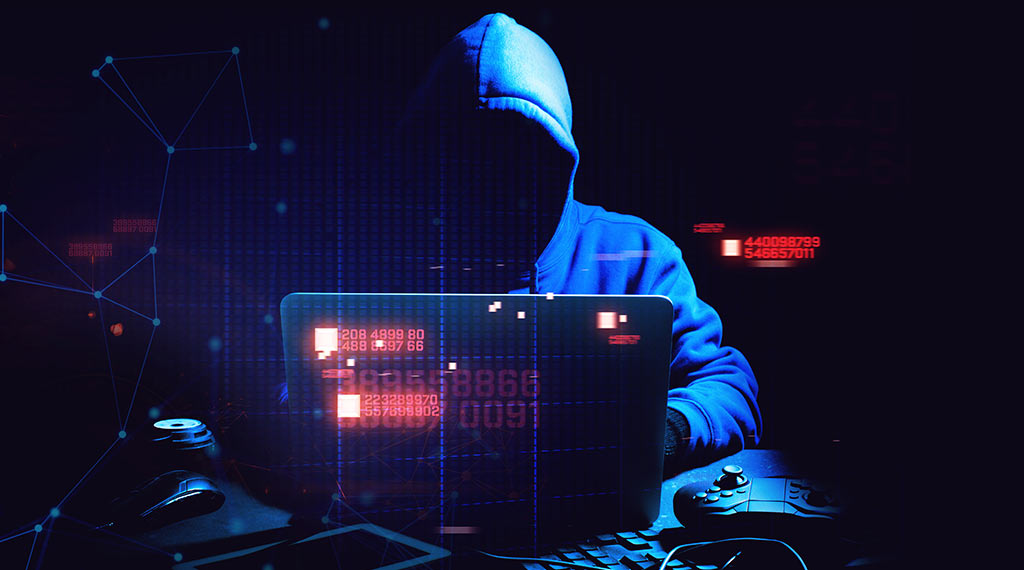Study on extremist threats to critical infrastructure misses the mark

Terrorist attacks on critical infrastructure is a significant issue worthy of serious study. Unfortunately, a recent report on the topic published by the George Washington University Program on Extremism fell wide of the mark, with a politicized methodology that fails to do the topic justice.
Authored by Ilana Krill & Bennett Clifford, Mayhem, Murder, and Misdirection: Violent Extremist Attack Plots Against Critical Infrastructure in the United States, 2016-2022 has several methodological problems. To begin with, it examines plots against critical infrastructure targets where suspects were federally charged, and from this pool it considers only those plots perpetrated by Salafi-Jihadist or white supremacist actors.
In calculating plots, rather than perpetrated offenses, you risk basing threat analysis on what may have been improbable (although perhaps still criminal) flights of fantasy, rather terrorist operations which represent a genuine threat to critical infrastructure. This is particularly true in analyzing white supremacist actors, who are notoriously prone to elaborate plot ideation for attacks which they lack any ability or opportunity to conduct. The result is a form of survivorship bias which analyzes threats to critical infrastructure primarily from disrupted or broken up plots, which may not tell us much about prospective dangers.
While disrupted plots may reveal where federal authorities are expending counterterrorism efforts, it does not necessarily cover which ideological threats are most likely to conduct actual critical infrastructure attacks. In this case it merely confirms what is already known from press reports and congressional hearings, which is that federal authorities have judged white supremacist terrorism as the most important threat and are focusing their efforts on it, as opposed to other, potential threats.
The report justifies the decision to emphasize only Salafist and white supremacist actors targeting critical infrastructure by noting these were the most lethal threats in the time frame studied. While this may be true, lethality is ultimately irrelevant when the focus of the study is attacks on infrastructure rather than persons.
The authors cite a report (Ackerman, 2006) noting that religiously motivated terrorists (including jihadists) and domestic right-wing extremist organizations may have the highest potential for future attacks, while failing to note that the same report states: “Left‐Wing and Islamist groups attack [critical infrastructure] more frequently than other types of groups.”
To their credit, the authors do acknowledge that other ideological threat actors can and do target infrastructure, yet the decision to simply obliviate these other threats from the sample results in a diminished product.
The authors include a footnote reference to two Pacific-Northwest based anarchists charged and convicted of terrorism offenses for targeting railways with mechanical devices known as shunts, which are capable of derailing trains. That case involved over 41 separate incidents targeting rail infrastructure, which exceeds the total number of plots included in the GWUPOE study (which was 35).
In comparison, the study does include the case of Brian Mark Lemley, Jr., Patrik Jordan Matthews, and William Garfield Bilbrough IV, who were arrested on firearms and fugitive harboring charges, were under FBI undercover surveillance the entire time, and conducted no actual attack. The group did however allegedly fantasized about the possibility of attacking rail and electrical grid targets in the event of a prospective civil war –which did not occur.
Which should be judged the larger threat to railway infrastructure? The 41 technically sophisticated mechanical sabotage incidents, including one which resulted in an actual train decoupling, or the mutterings of three men whose every word was recorded by federal law enforcement?
Yet the case involving multiple actual incidents is not included in the study, while the other, a mere potential plot, is featured.
This is not to suggest that there may not be a threat to critical infrastructure from jihadist or white supremacist motivated actors, only that any assessment of threats to critical infrastructure which ignores left wing extremist actors is substantially lacking and risks creating a politicized narrative.
- Inside the Antifa Militant Network - December 30, 2025
- This Is Why Antifa Is Nearly Impossible to Get Rid Of - December 29, 2025
- Accused Lefty Extremist Texted FBI Snitch About ‘Terrorist Diary’ - December 16, 2025
